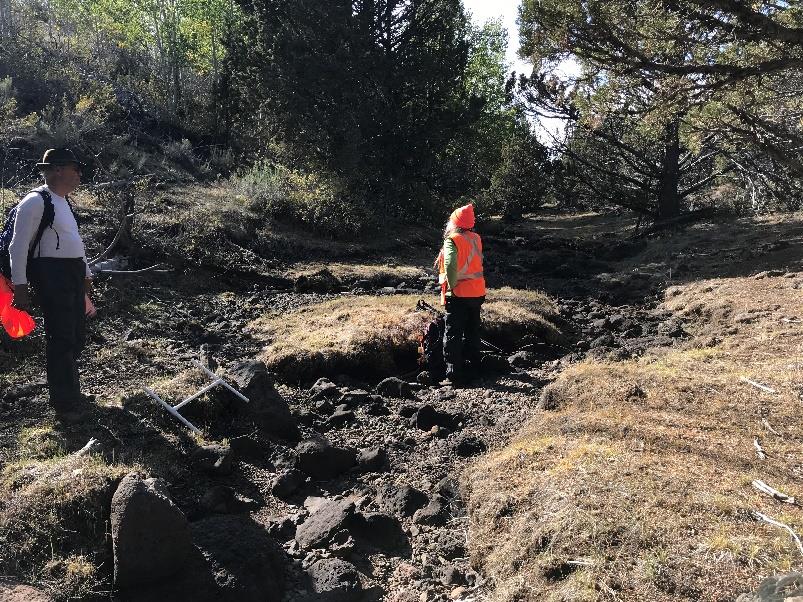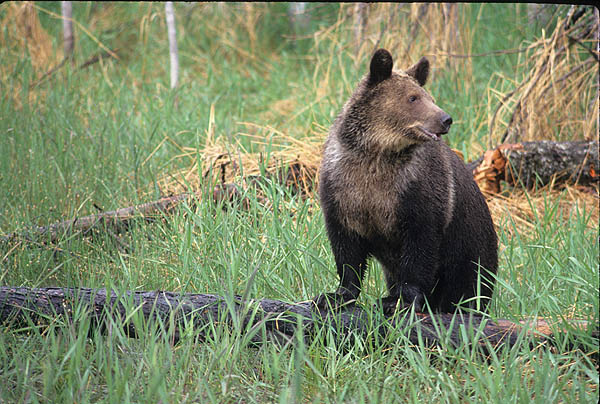Grazing and Livestock
-
Paradise Valley, Montana. Photo by George Wuerthner Paradise Valley, Montana, is aptly named. The Yellowstone River flows north to Livingston, Montana, framed by the Absaroka Mountains on the east and the Gallatin Range on the West. It’s one of the most stunning landscapes in the entire West. Due to its location immediately adjacent to…
-
Relict “historic” cottonwood along Missouri River. Photo by George Wuerthner One hundred forty-nine miles of the Missouri River in Montana is a designated Wild and Scenic River. It is also within the 375,000 acres Missouri River Breaks National Monument, which includes the Lewis and Clark and Nez Perce National Historic Trails. It is part…
-
Cattle grazing Mojave National Preserve, CA. Photo by George Wuerthner The 1964 Wilderness Act requires federal agencies to protect and manage designated wilderness areas “to preserve its natural conditions.” Given that all domestic livestock are exotic alien animals and hardly contribute to “natural conditions,” one might assume that livestock production would be prohibited in designated…
-
Ed. note: An earlier draft version of this post was inadvertently posted before final review. Please replace all prior copies with this final draft. Last summer, in a remote corner of the Bighorn Mountains of Wyoming, in the one spot with just a little cell reception, I sat in my car listening by phone to…
-
Western Watersheds Project, Alliance for the Rockies, and the Yellowstone to Uintas Connection are seeking to block the killing of up to 72 grizzly bears over the next 10 years on national forest land in the headwaters of the Green River. With the Yellowstone grizzly listed as a ‘threatened species’ under the Endangered Species Act,…
-
Pronghorn in Upper Green River Allotment, Bridger Teton NF, Wyoming. Photo by George Wuerthner A recent article in Wyofile by Argus Thuermer was full of quotes from the ranchers grazing the Upper Green River allotment on the Bridger Teton National Forest in Wyoming. https://www.wyofile.com/ranchers-grizzly-suit-imperils-rights-wildlife-migrations/ The Upper Green River grazing Allotment at 170,000 acres, is one…
-
Juniper removal below Abert Rim, Oregon Photo by George Wuerthner The Bureau of Land Management (BLM) is now taking comments on a massive vegetation project for the Great Basin and adjacent areas of the Colorado Plateau. The PEIS for Fuels Reduction and Rangeland Restoration in the Great Basin (the Fuels Reduction and Rangeland Restoration…
-
Endangered Oregon spotted frog habitat dried up by changes in river flow to accommodate the irrigation district. Photo George Wuerthner I took a run along the Deschutes River in Bend’s Riverbend Park the other day. The one thing I noticed is that the river is nearly opaque. You can see down maybe 2 feet,…


